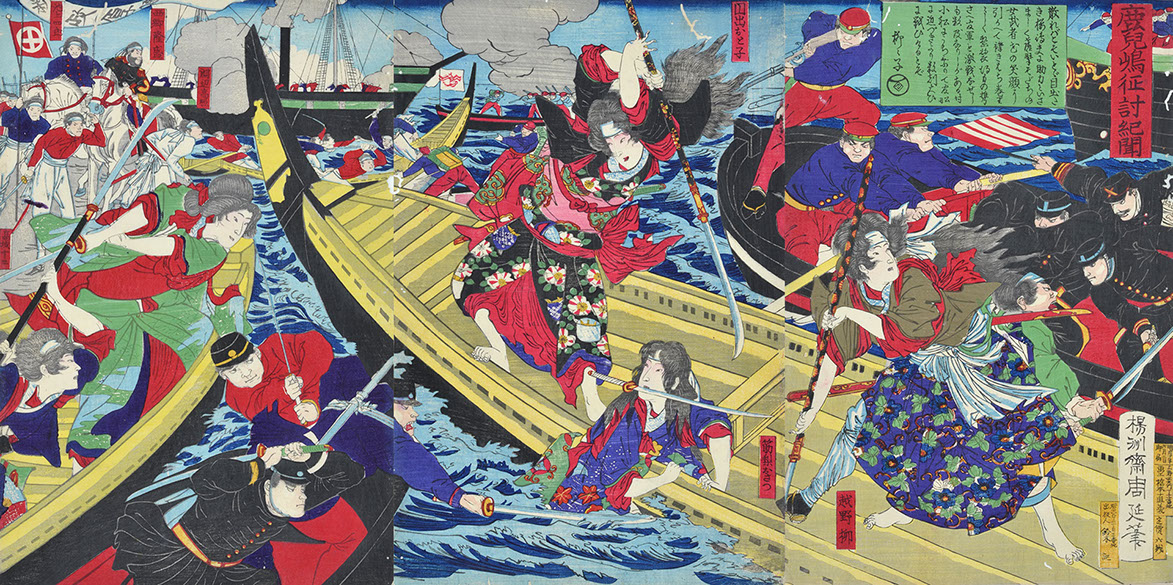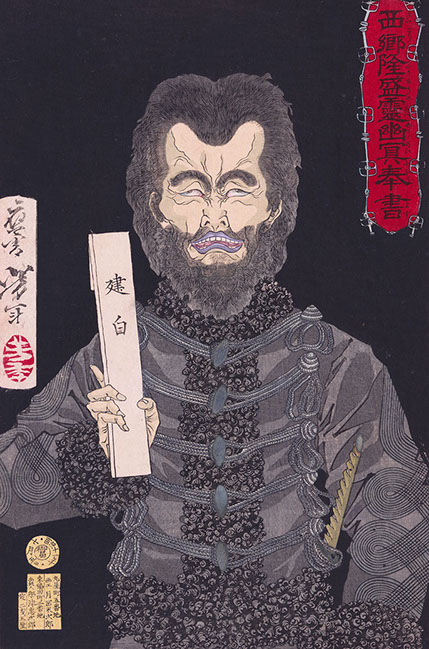Collection

Ukiyo-e
Ukiyo-e flourished during the Edo period, mainly among the general public. The genre’s artistic value is now widely recognized within Japan and overseas. This museum has an accomplished ukiyo-e collection in terms of both quantity and quality. It encompasses works from the early period through to the Meiji period. These include bird and flower prints by Utagawa Hiroshige and multicolor nishiki-e prints depicting the Satsuma Rebellion of 1877.
Okumura Masanobu: Sanogawa Ichimatsu and Ebisu Edo Period c. 1751–64 (early Horeki era)
Suzuki Harunobu: Returning Sails of the Dancer Nuno-Sarashi, from the Eight Views of Dances in the Modern Style Edo Period c. 1768–69 (Meiwa 5–6)
Kitagawa Utamaro: Three Beauties Edo Period, c. 1789–1801 (late Kansei era)
Utagawa Hiroshige: The Moon and Geese Edo Period, c.1832–35 (Tenpo 3–6)
Utagawa Hiroshige: The Moon and a Horned Owl on a Pine Tree Edo Period, c.1832–35 (Tenpo 3–6)
Utagawa Hiroshige: Mallows and Mandarin Ducks Edo Period, c.1832–35 (Tenpo 3–6)
Utagawa Hiroshige: Cherry Blossoms and a Monkey Edo Period, c.1832–35 (Tenpo 3–6)
Utagawa Hiroshige: Gion Shrine in the Snow, from the Famous Views of Kyoto Edo Period, c.1833–35 (Tenpo 4–6)
Yoshu Chikanobu: Account of the Conquest of Kagoshima 1877 (Meiji 10)
Tsukioka Yoshitoshi: The Ghost of Saigo Takamori Holding a Petition 1878 (Meiji 11)
Copyright © 2018 Umi-Mori Art Museum all rights reserved.
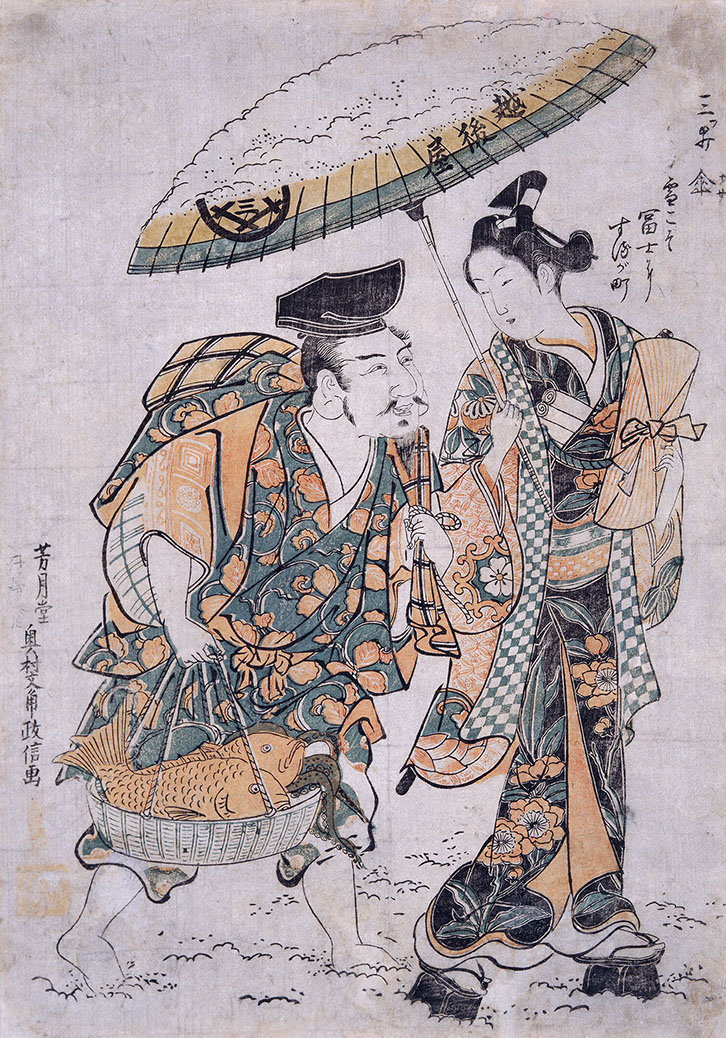
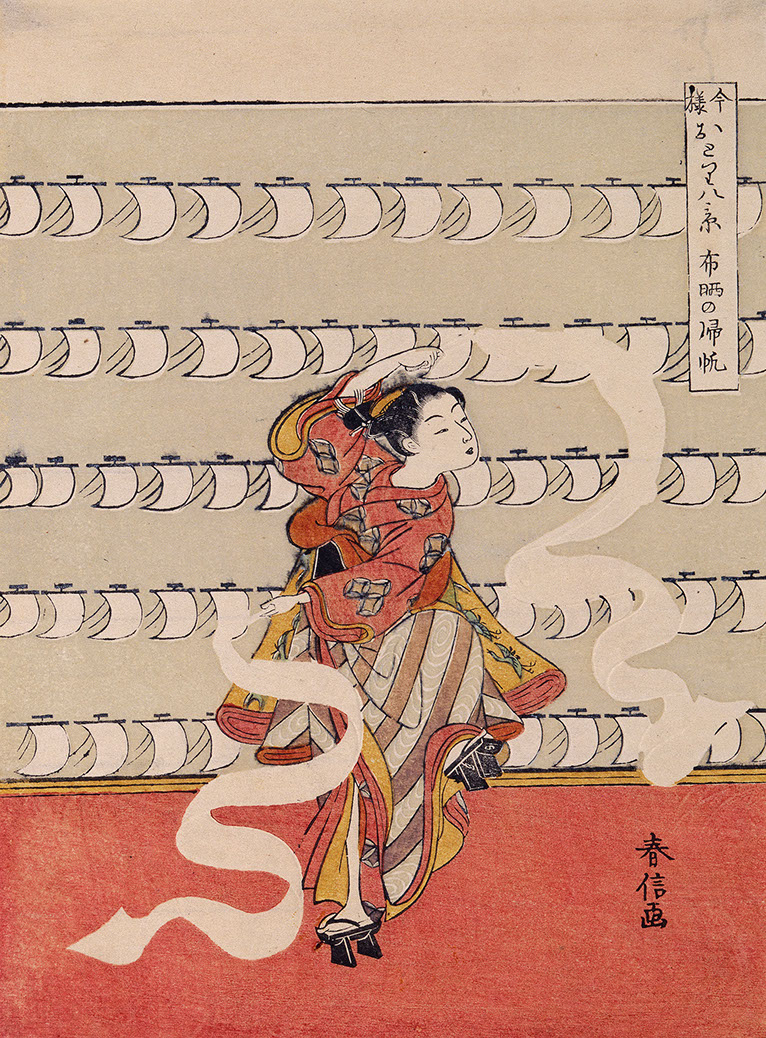
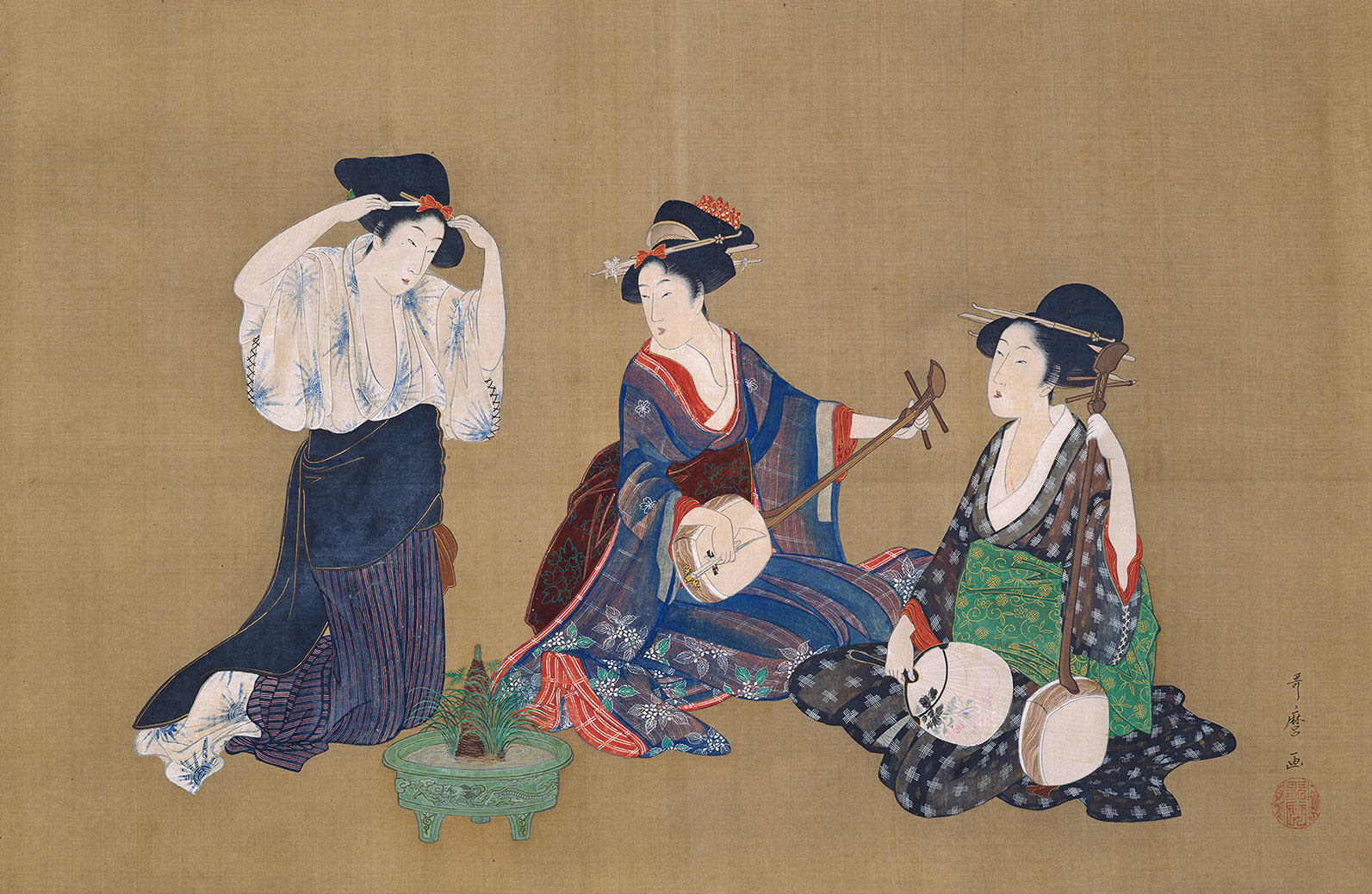


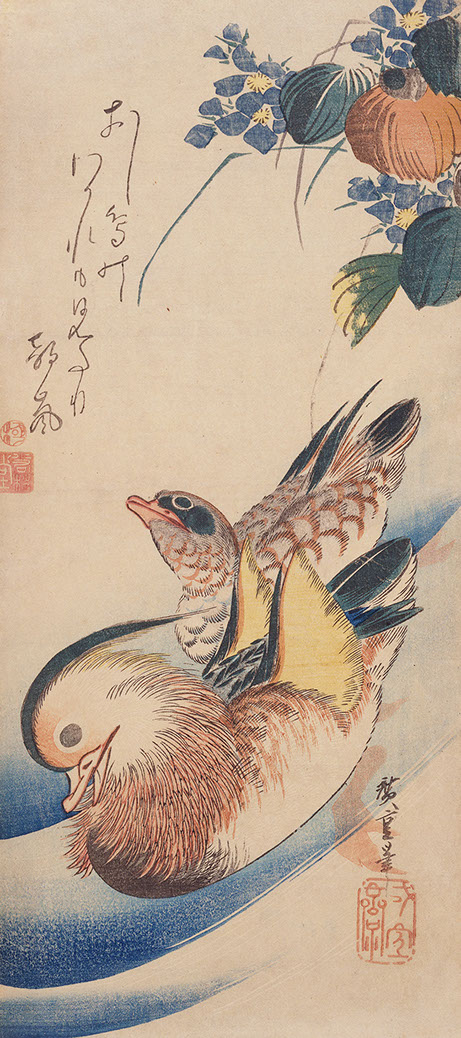
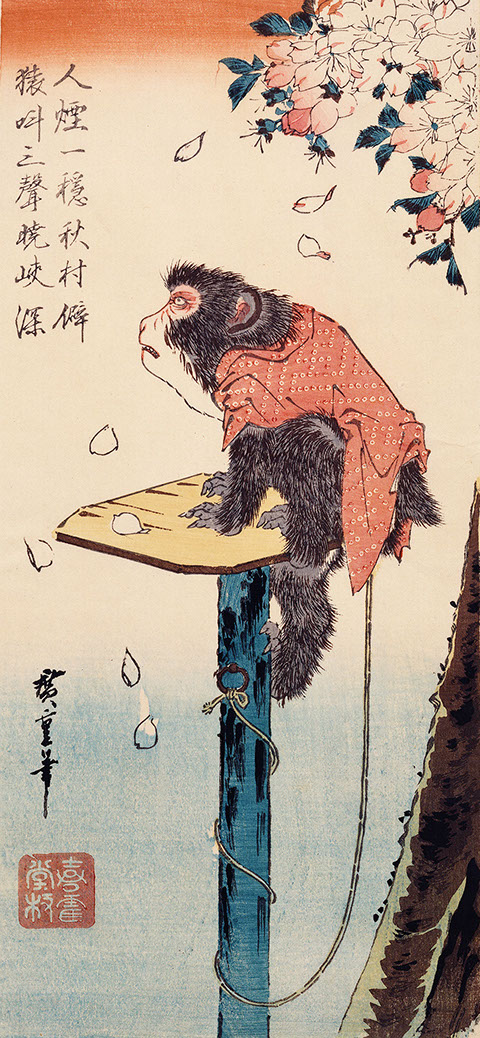
%e9%a0%83.jpg?crc=183207703)
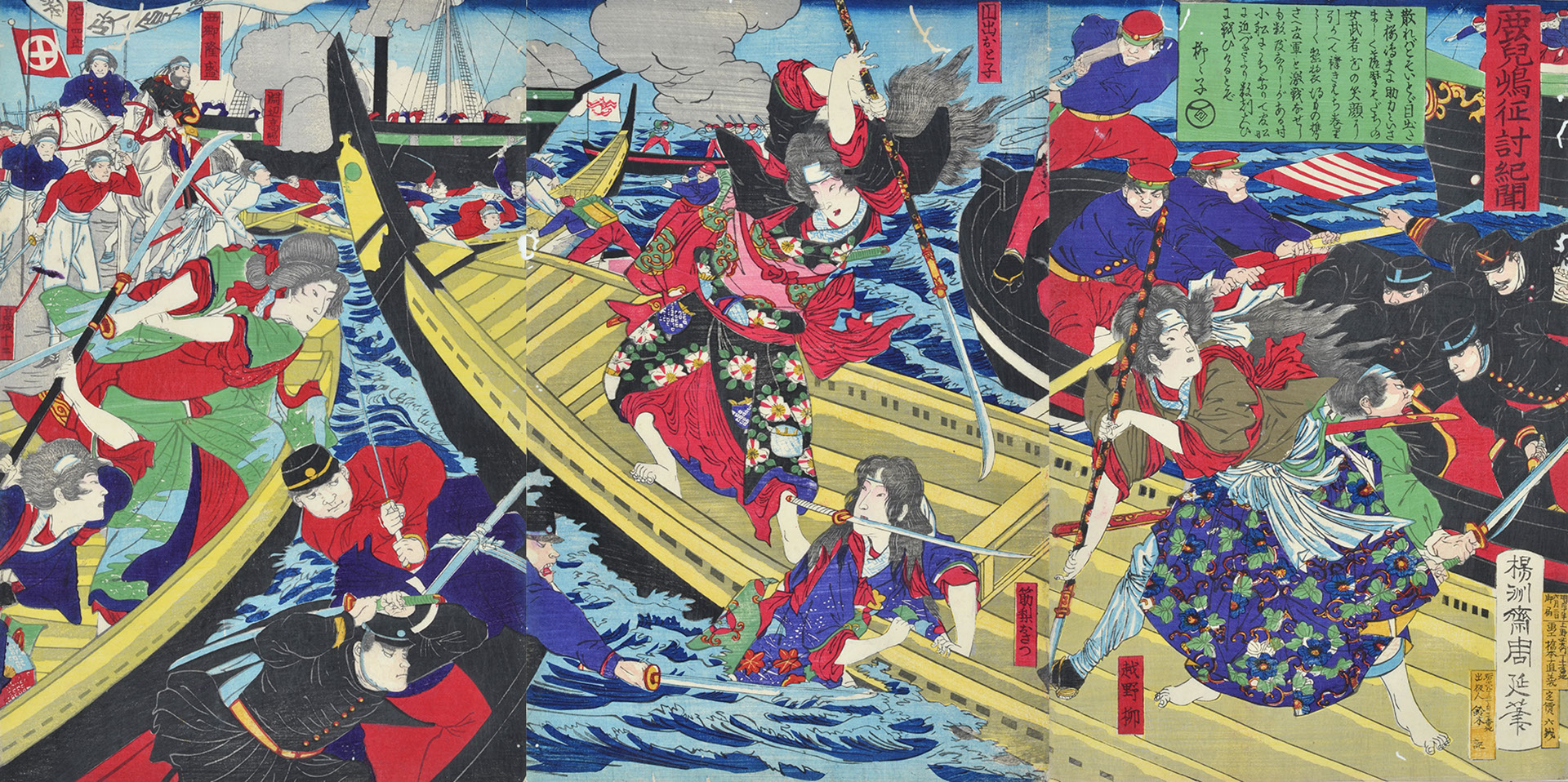
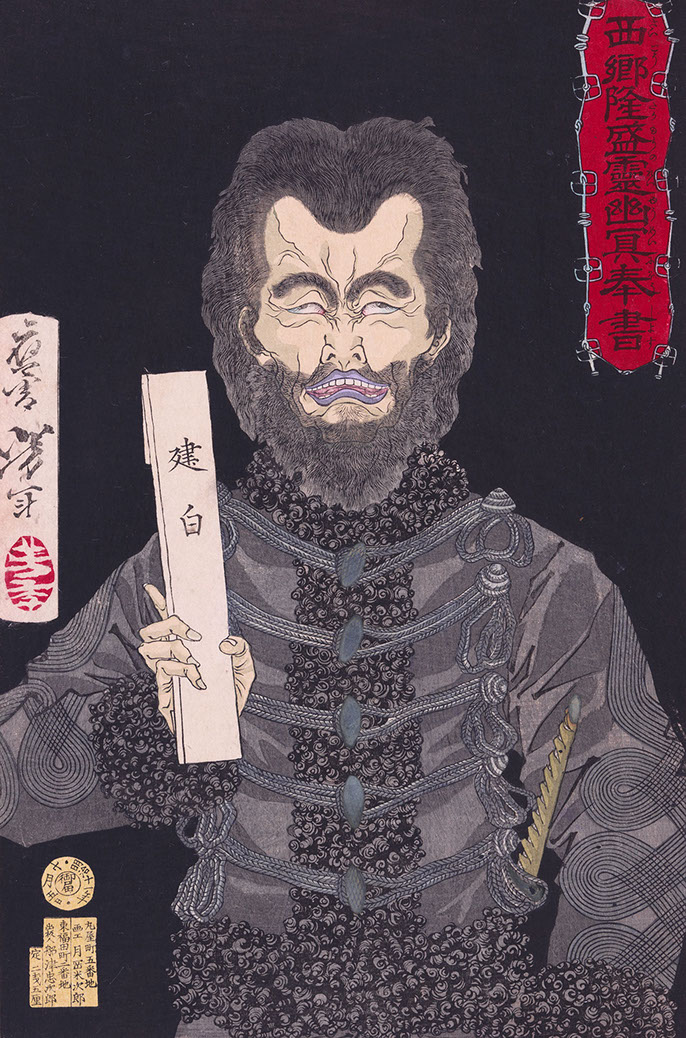
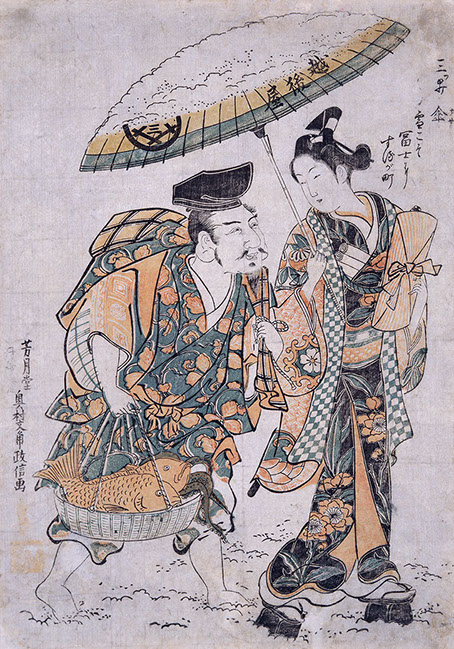
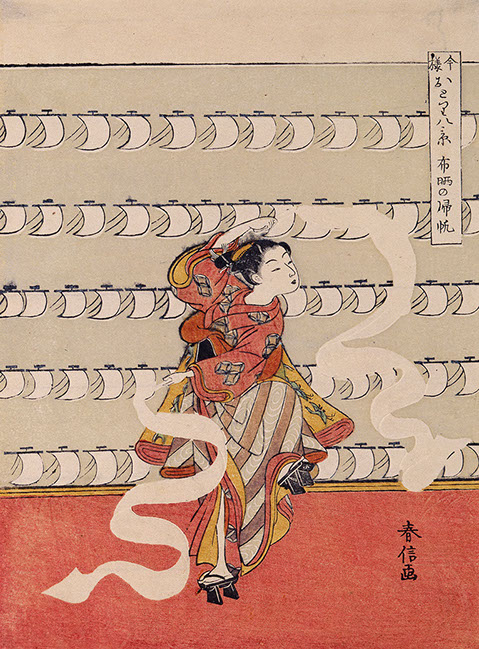



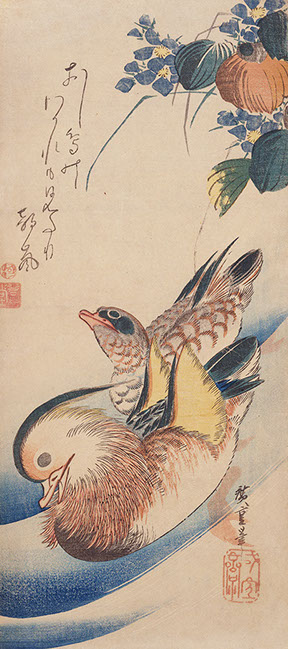
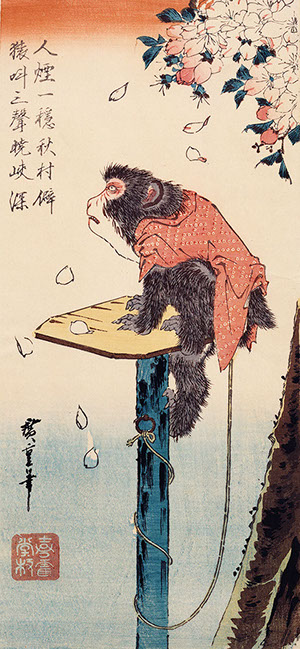
%e9%a0%831048x649.jpg?crc=6985631)
